Fix: ‘DRIVER POWER STATE FAILURE’ BSOD on Windows
The Driver Power State Failure blue screen typically occurs when a device driver goes into sleep mode while you are still using the computer. When this happens, the systems send a message to the driver in the form of a wake signal and when the driver fails to respond to that message, you encounter the blue screen under discussion.
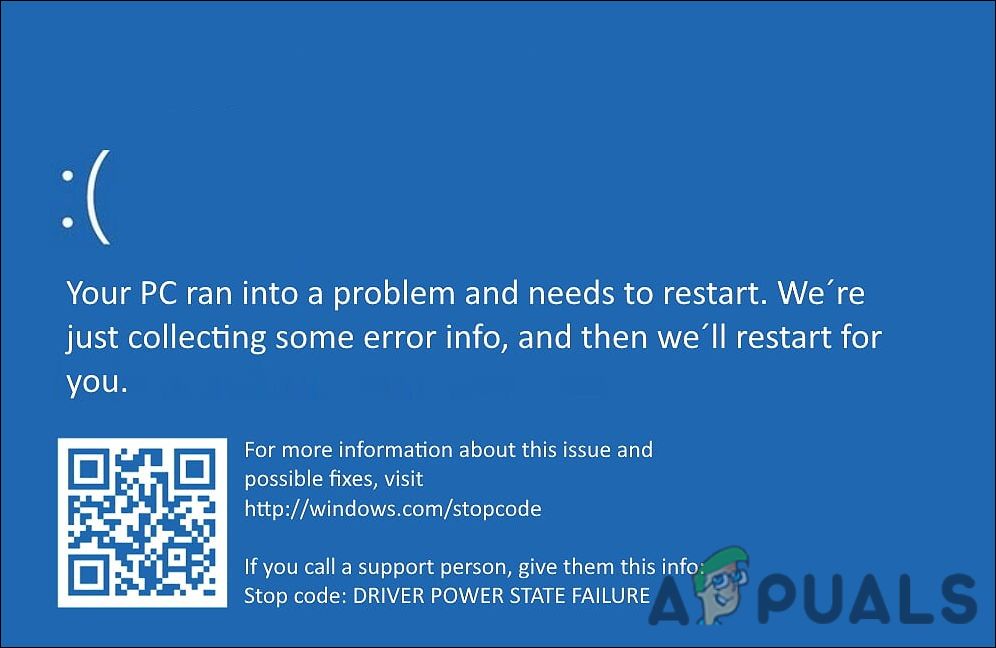
Two main drivers that cause this problem are the graphics drivers and Wi-Fi card drivers. Below, we have suggested fixes that you can try to fix the problematic drivers to resolve the issue. Let’s get started!
1. Restart Your PC
Before we move to any complicated troubleshooting methods, the first thing we suggest you do is to restart your PC and upon reboot, check if the issue occurs again. In case you cannot restart using the normal, conventional procedure, try pressing and holding the power button for a few seconds.
Once the computer is shut down, boot it again and check if the problem appears again.
2. Update the Problematic Drivers
As we mentioned earlier, the Driver Power State Failure blue screen is typically related to two drivers; graphics drivers and Wi-Fi card drivers.
The best way to fix issues related to drivers is by updating them to their latest build. If that does not work, you can reinstall the drivers from scratch and see if that helps.
Below, we have discussed the steps of updating the drivers. In case you cannot boot into Windows at all, we suggest you boot into Safe Mode via the Advanced Options menu and then proceed.
Here is what you need to do next:
- Type Device Manager in Windows search and click Open.
- In the following window, expand the Display adapters section and right-click on your graphics driver.
- Choose Update driver from the context menu.

Choose the Update driver option - Then, click on Search automatically for drivers and follow the on-screen procedure to complete the process.
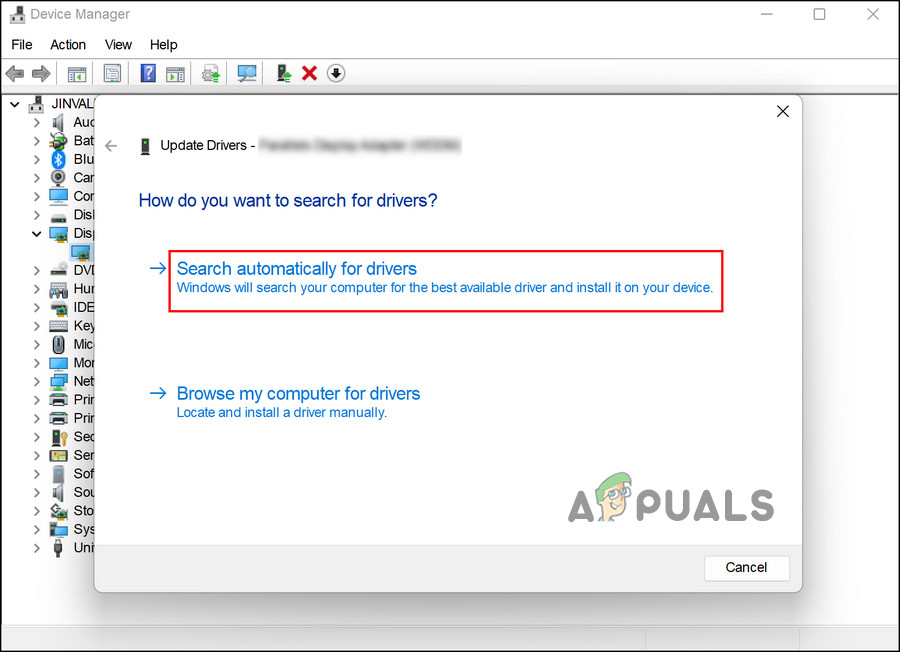
Choose to search automatically for drivers
Once the driver is updated, check if the Driver Power State Failure blue screen issue is resolved. You can perform the same steps to update the WiFi drivers as well.
If updating the driver has not fixed the problem, then you can try reinstalling them from scratch. Follow the steps below for that:
- In the Device Manager window, right-click on the targeted driver and choose Uninstall device.
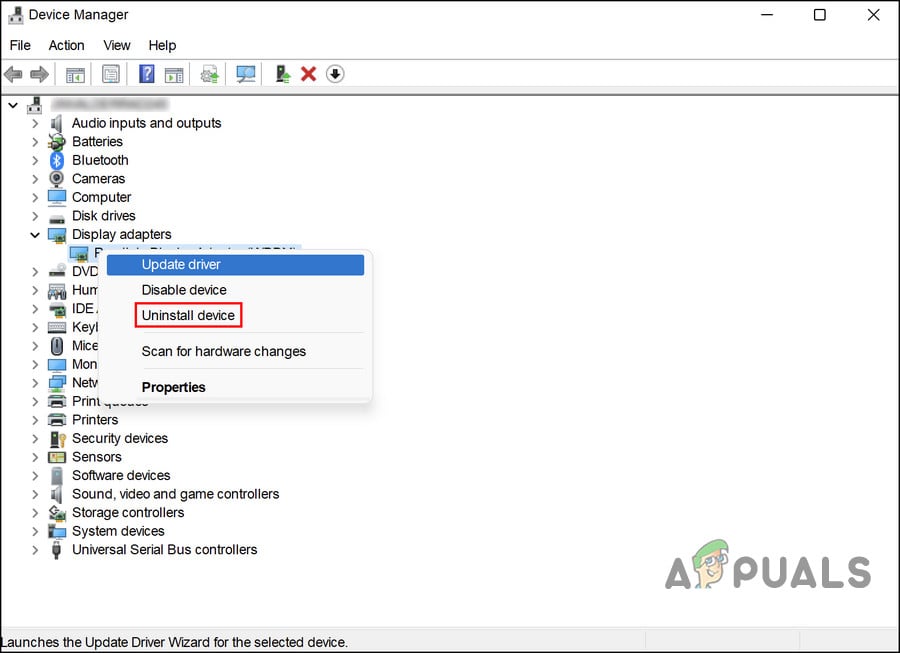
Uninstall the driver - Select the Attempt to remove the driver for this device option and click Uninstall again.
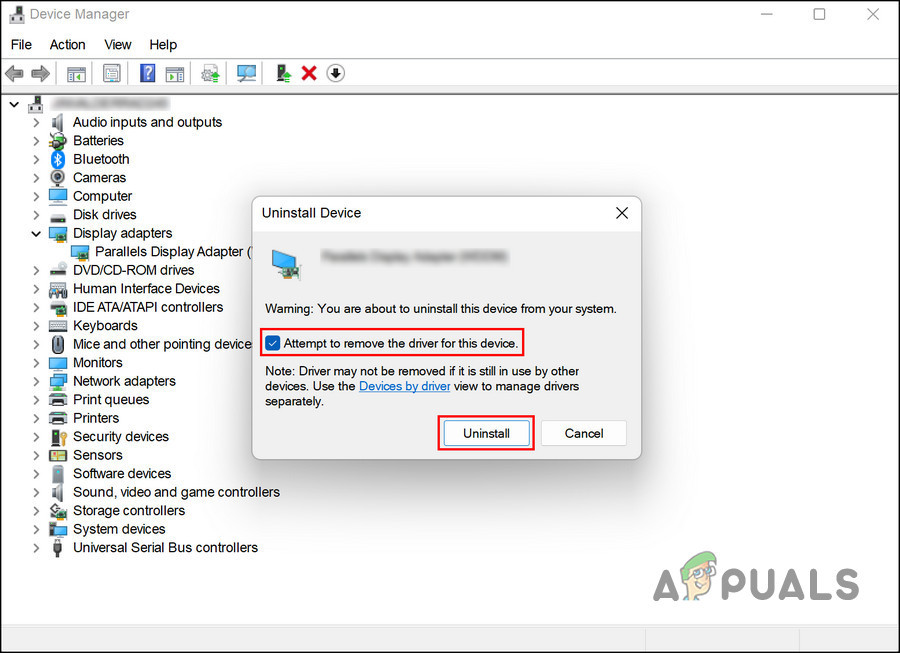
Hit the Uninstall button - Click on the Action menu and select Scan for hardware changes after uninstalling the driver.
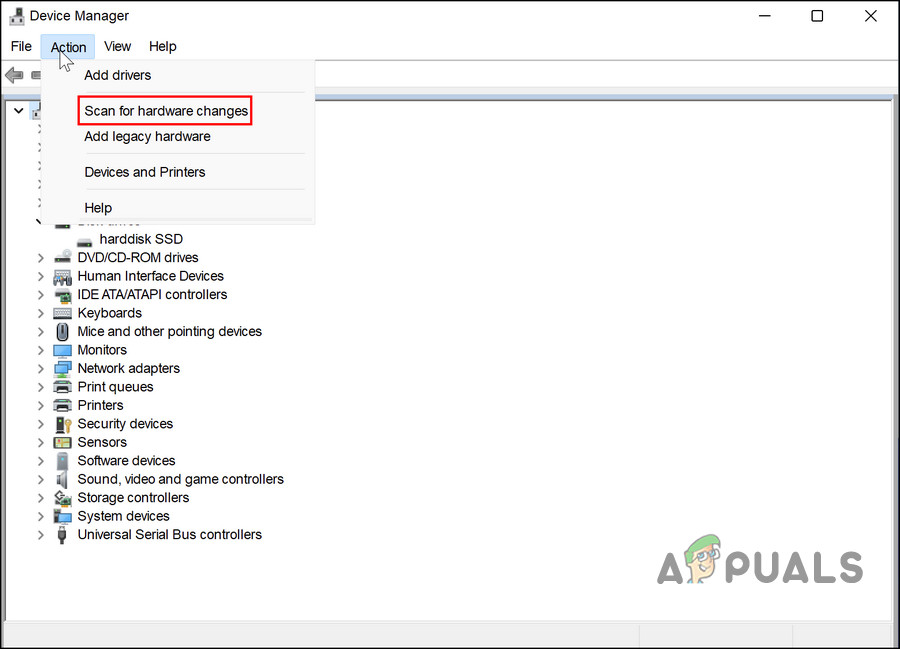
Scan for hardware changes in the Device Manager - The PC will now automatically reinstall the driver once it has detected your changes. Then restart your computer to see if the problem has been resolved.
You can also install the new driver by heading over to the official website of the manufacturer.
3. Disable Sleep or Hibernation Mode
Since the Driver Power State Failure blue screen issue is caused mostly when the drivers go into the sleep mode even when you are operating the computer, you can also try disabling the sleep or hibernation mode to prevent this from happening.
This fix worked for several users, which is why we recommend you give it a shot.
Here is all that you need to do:
- Right-click on the Windows icon on your taskbar and choose Windows Terminal (Admin) from the context menu.
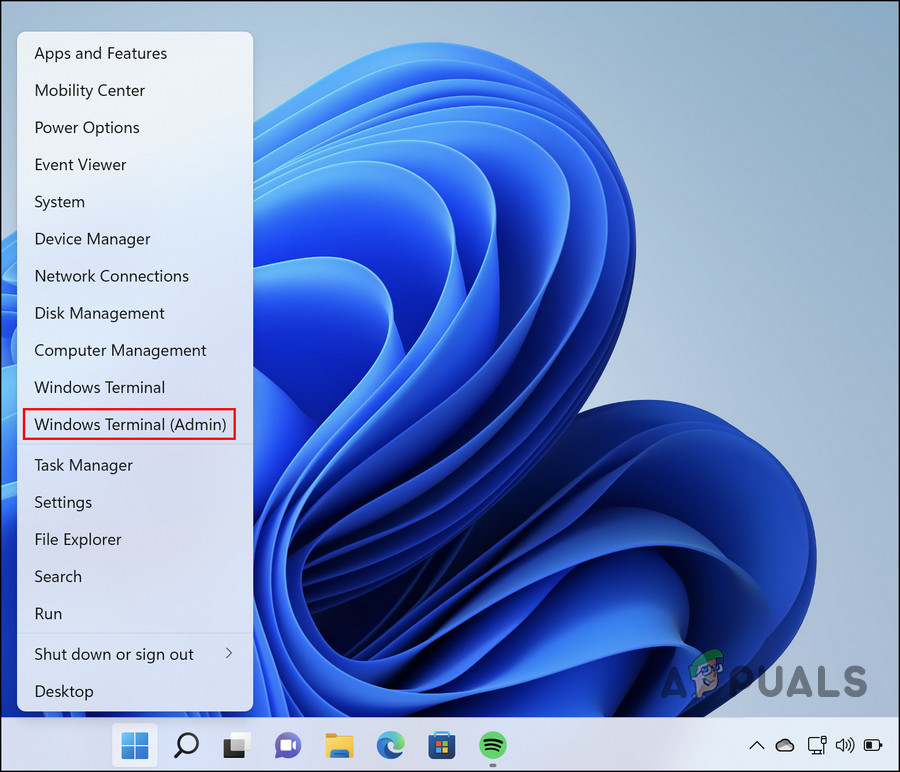
Choose Windows Terminal (Admin) - In the following window, type powercfg.exe /hibernate off and hit Enter to execute the changes.

Disable hibernation - Once this is done, press Win + I together to open the Settings app.
- Choose System > Power & battery.

Launch Power & battery settings - Expand the dropdown menus for Screen and sleep and choose Never.
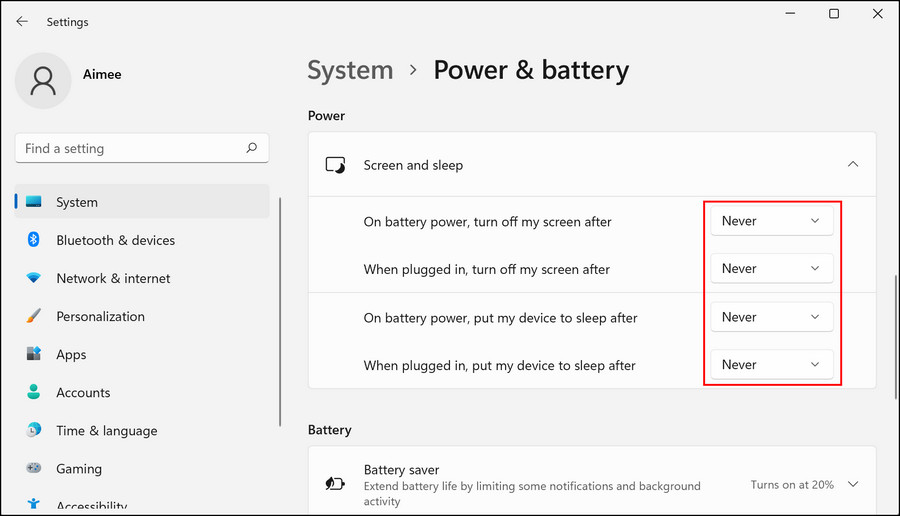
Choose Never in the dropdown
Hopefully, this will fix the problem in no time.
4. Change Power Settings
This method is related to the one we just discussed above. If disabling the sleep and hibernation mode did not work for you, then you go make further changes by switching to a different power plan.
Here is how you can do that:
- Type Control Panel in Windows search and click Open.
- In the following window, choose Hardware and Sound from the list of options available.
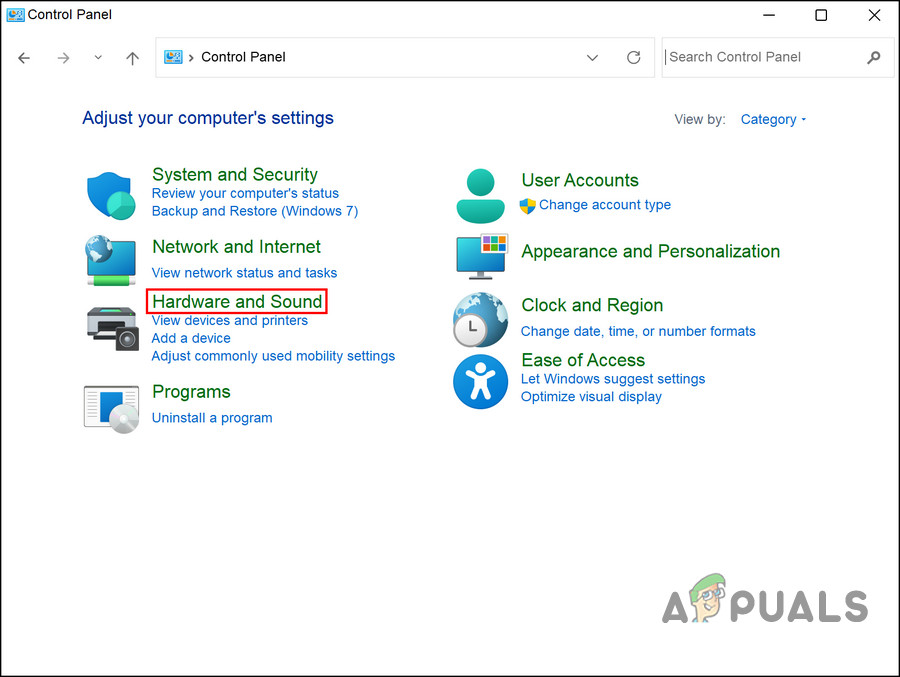
Hardware and Sound option - Click on Power Options.
- Now, choose Change plan settings > Change advanced plan settings.
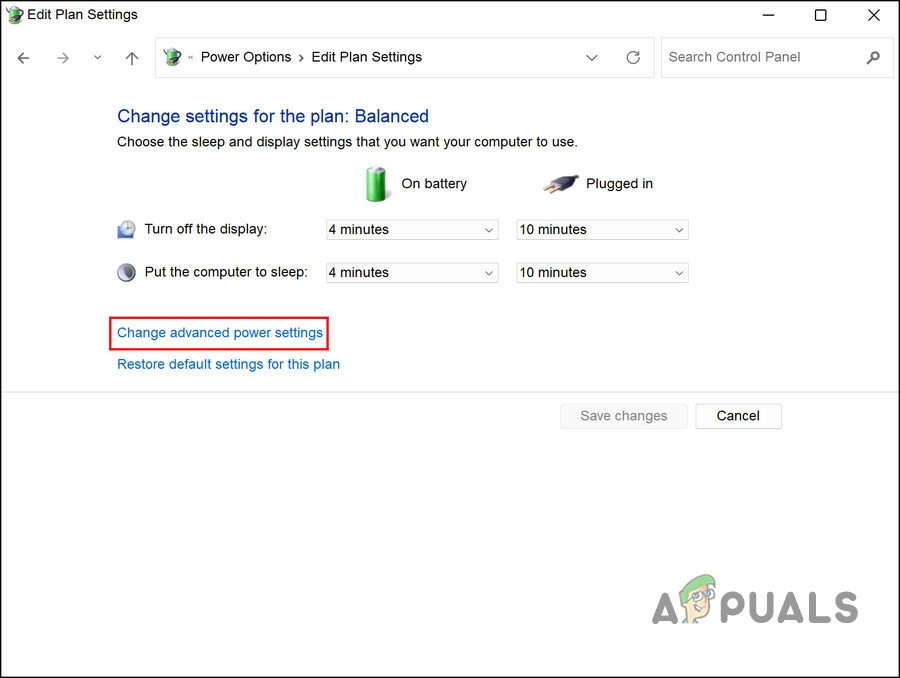
Modify the advanced power settings in Windows - Expand PCI Express settings and then double-click on Link State Power Management.
- Make sure it is set to Maximum performance.
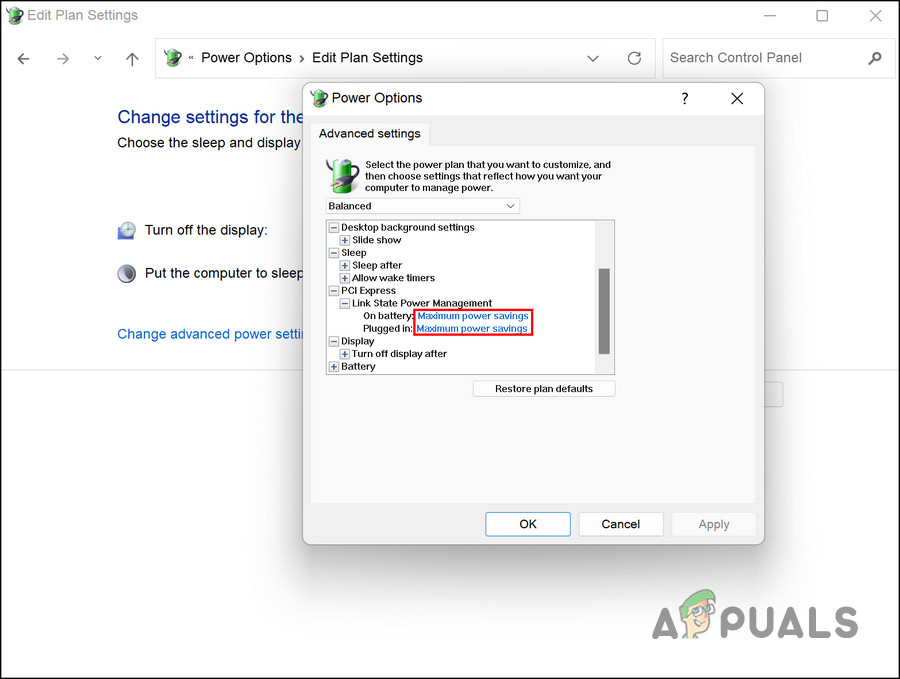
Performance of Link State Power Management - Perform the same steps for Wireless Adapter settings in the same dialog.
- Once done, restart your computer and see if the Driver Power State Failure blue screen issue is resolved.
5. Change Power Options
You can also manage the power of drivers manually. In this method, we will be changing the power options of your network adapter to fix the problem.
Here is what you need to do:
- Type Device Manager in Windows search and click Open.
- In the following window, expand the Network adapters section and choose your driver.
- Select Properties.
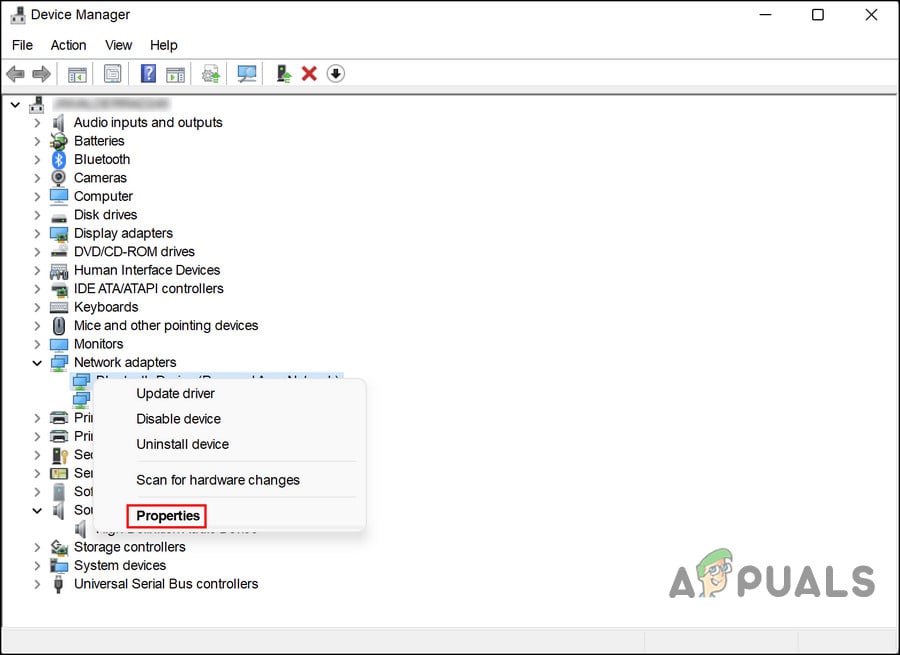
Driver properties - Head over to the Power Management tab and uncheck the Allow the computer to turn off this device to save power option.
- Click OK to save the changes.
6. Use the System Restore Utility
Finally, if the fixes are not working for you, then you can consider reverting your system back to an older working state when the Driver Power State Failure blue screen was not present, using the System Restore utility.
This is done using the System Restore utility that creates restore points on your system from time to time, especially before performing critical operations. You can use any of the restore points (preferably the most recent one) in this case to go back to a previous point in time. However, keep in mind that any of the changes made in the system after the restore point was created will vanish.